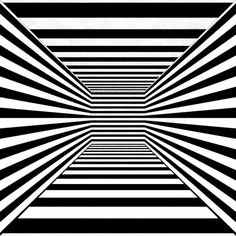|
(2017
final exam assignment) Model Student Midterm answers 2017 (Index) Essay 3: Web Highlights |
 |
Sarah
Nava
December 11, 2017
Getting to the Final Destination
I was interested in examining high tech and low tech narratives to see
what conclusions I might come to about how they relate to each other and to
their readers. I was surprised about how relatable high tech texts could be when
humanistic traits were included. In essence, I found that high tech and low tech
readings are highly relatable to each other when relationships, necessities and
time lines are considered.
High tech and low tech scenarios are often linked in science fiction,
meaning that many stories have elements of both characteristics within the same
narrative. Melissa Holesovsky came to the same conclusion in her essay
Tech Teams: High and Low. She states
that “the low tech scenario of science fiction writing has a warm feeling of
reality that so many can associate with while high tech has a cold disconnection
from the real world; however, in teaming these two contrasting scenarios solid
literature emerges that captures the best of both sub-genres of science
fiction.” This writing tactic allows writers to draw in a larger fan base by
appealing to more humanistic desires and making their stories more relatable.
While the appeal of mixing high tech and low tech science fiction makes
sense from a writer’s perspective to solicit more readers, it seems that
avoiding this blend is nearly impossible. In Holly William’s essay
You Can’t Have One Without The Other,
she makes a strong case that high tech and low tech narratives are dependent on
each other. Her examples range from House
of
Bones, where the time travelling of
the main character to a low tech past wouldn’t have been possible without a high
tech future, to Chocco, where a high
tech past led to a low tech future. Her essay made me consider the effects in
each story we read in class as humans continue to change, evolve, and affect the
world around them. Our low tech past has slowly evolved into a high tech future
and any resulting futures will likely be from the rise and/or fall of our own
actions and inventions. It’s an interesting truth to apply to future scenario
narratives.
This realization makes me consider the very topic of Fariha Khalil’s
essay, Do we Really want a
Technologically Advanced Future? Khalil points out that every story has
characters that hold onto the past, despite the outreaching for a high tech
future. She says, “Human connections and bonds cannot be forgotten, and they
cannot be forged, for they are precisely what make us human.” Again, high tech
and low tech narratives are combined through characters who struggle to let go
of their past. The father in The
Onion
and
I yearns for his previous life of
planting and sowing. Pearl in Drapes
and
Folds clings to her fabrics, as they
are one of the last remnants from her past. Memories hold emotions and human
beings will always reminisce and remember where they’ve been and how they got
there.
The relationship between high tech and low tech narratives is very
strong. They lean on each other for back stories, explanations and the familiar
so that readers can comprehend the characters, the setting and the plot. While
all science fiction narratives may not have high tech and low tech
characteristics, the ones that do offer relationships and hope for the future so
that readers can digest the story through an understanding of what makes us
human.





